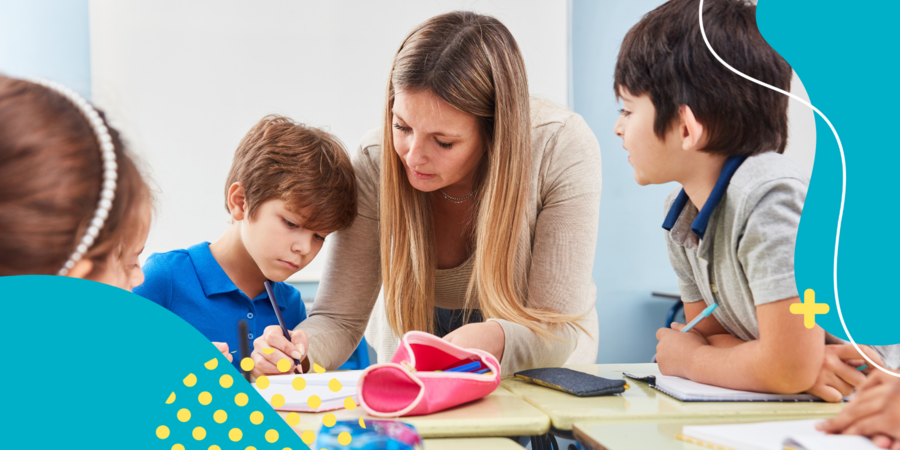
Supporting Dyslexic Students

Prefer something a little more visual? Download our PDF scroller here!
Dyslexia is a common learning difficulty that affects a person’s ability to read, write, and spell.
Dyslexia can make learning particularly challenging for students. They may find difficulty with reading, spelling correctly, processing or retaining information, and understanding math concepts or recognising symbols.
These difficulties can impact a student’s performance in school as well as their confidence and self-esteem.
So we’ve put together some helpful tips to help you support the dyslexic students you work with.
Make Your Lessons Visual
Using visual aids within your lessons will make your classes more engaging for your students in general, but it will also be more inclusive of your students with Dyslexia, allowing them to follow your lessons without needing to decipher massive blocks of text.
Try to include a variety of learning styles in your lesson plans to help students process complex information and reinforce learning.
This could be through diagrams and illustrations, using visual planners for note-taking, or incorporating hands-on activities.
Adapt Your Structure and Style
The way you structure worksheets and presentations can help dyslexic students massively; it could be as simple as using headings or highlighting key information to help students navigate masses of information.
Make blocks of text easier to digest by using short and snappy sentences, as well as utilising bold or coloured text to again emphasise key information, making it easier for students to focus and remember.
Embrace Creativity
As Dyslexic students tend to struggle with traditional note-taking through reading and writing, why not offer a creative alternative to encourage note-taking?
Provide your students with visual or graphic organisers including mind maps, flow charts, and spaces for illustrations.
Embracing and encouraging a variety of ways to process information will make lessons more accessible and engaging for dyslexic students and support their learning and success in the classroom.
Summarise and Check Understanding
Consider leaving some time at the end of your lessons to recap the key information or takeaways – by regularly asking questions, or using group discussions, quizzes, and visual or written summaries can help students better retain information and allows you to check for understanding.
It's also important to be patient, flexible, and understanding of the unique challenges faced by dyslexic students, and to work with them to find strategies that are most effective for them.
Free CPD and Training Courses!
We provide our candidates with FREE (yes, free!) CPD and training, ensuring educators have the tools they need to thrive in their careers and support their students.
Register with us here, or reach out to our friendly team!
+44 2038 410 777

